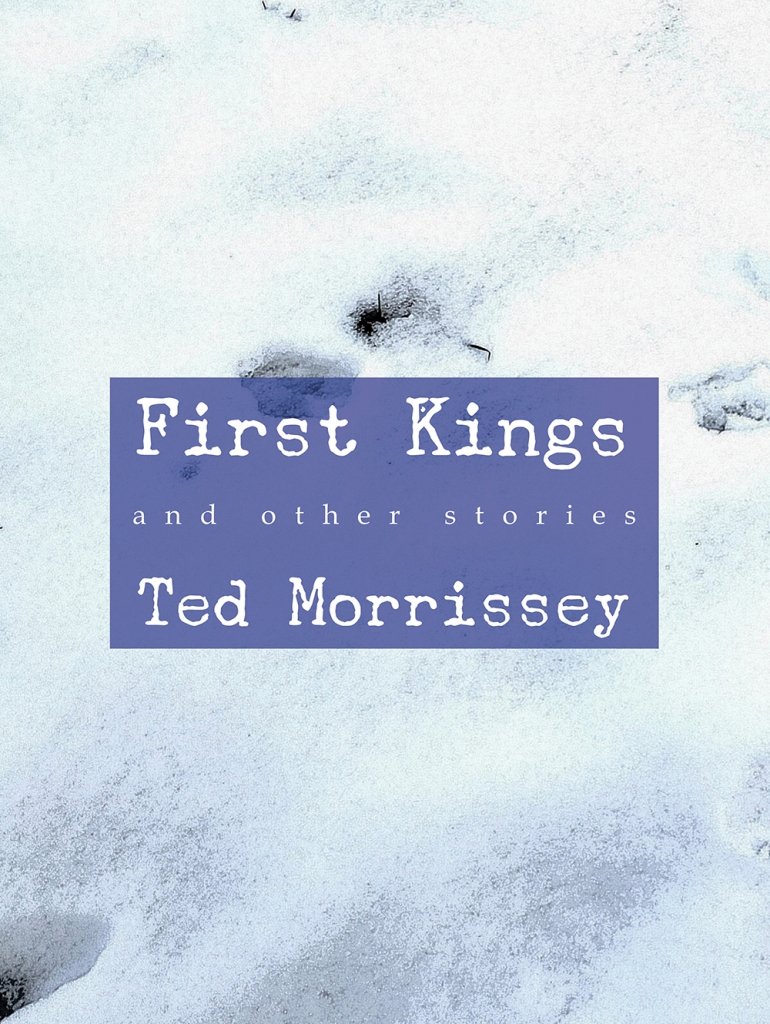Preface to ‘First Kings and Other Stories’
I am delighted that Wordrunner eChapbooks has brought out First Kings and Other Stories, which functions on multiple levels. It is, as the title implies, a collection of stand-alone stories. The stories are interconnected, though, and work together as an independent novella. They also represent a work in progress–a novel that takes place over a 24-hour period in 1907 (as I am envisioning it now).
This larger work in progress is a further evolution of a concept I experimented with in my novel Crowsong for the Stricken (2017), in that each piece was designed to work on the microcosmic as well as the macrocosmic level, meaning that each piece could be read as a fully realized short story while also contributing a vital piece to the macrocosm of the novel. Crowsong was mainly set in 1957, in an isolated, unnamed Midwestern village, but the narrative structure is deliberately indeterminate. That is, my hope was that readers would encounter the twelve pieces in an order of their own choosing. The various possible combinations would change the reader’s experience of the novel as a whole. I called it a “prismatic novel” for this reason.
I am trying to take the idea further in this current work in progress. Similar to Crowsong, each piece is intended to function on both the micro- and macrocosmic levels, but the structure is much tighter, both in terms of narrative timing and in the number of interlocking pieces. It is challenging. Not infrequently, when writing, I think of a plot advancement or some other detail that would work quite nicely in the limited world of the short story, but it would throw off, or even contradict, something in the more expansive world of the novel of which it is also part. At the same time, the connective tissue I’m building within each piece so that it harmonizes with the whole must fit seamlessly in the short story, too.
So far it seems to be working. The title story, “First Kings,” appeared originally in North American Review and was reprinted in Sequestrum. The second piece, “Hosea,” was published by Belle Ombre. Quite honestly, it was the third story, “The Widow’s Son,” that prompted me to send the entire manuscript (as it stood at the time) to Wordrunner when they put out a call for novella-length submissions. “The Widow’s Son,” at just over 8,300 words, is about twice as long as either “First Kings” or “Hosea,” and its length would make it a difficult placement with literary journals. Once one writes beyond 5,000 words it becomes increasingly difficult to place. I had only just begun to circulate “The Widow’s Son,” to one or two places, when I saw the Wordrunner notice.
Wordrunner responded promptly, and publication was scheduled for December 2020. In the intervening months I continued the work in progress, mainly producing one new piece, “The Buzite.” I mentioned it to Jo-Anne Rosen, the editor with whom I was working at Wordrunner, but I felt trying to include it in the First Kings collection would throw the three pieces out of balance. I think I was right about that, so “The Buzite” is currently making the literary-journal rounds (as is another brand-new, somewhat fragmentary piece, “The Appearance of Horses”).
It has been a wonderfully rewarding experience working with Jo-Anne Rosen and Wordrunner. One issue we discussed has to do with the pieces’ titles, which are obviously derived from the Bible. Yet the connections between the titles and their stories isn’t crystal clear. Jo-Anne was in favor of adding epigraphs to each story in an attempt to connect the dots, so to speak, for readers. I tend to like epigraphs in my books, so I was open to the idea and tried to find some suitable quotes from the Bible. It proved harder than I imagined. I didn’t much like any of the quotes I came up with for their stories, but suggested a compromise whereby we would use one as an epigraph for the collection as a whole. Jo-Anne wisely, and diplomatically, demurred.
The problem, I discovered, is that the biblical associations are deliberately abstract and multifaceted, and trying to pin an epigraph to the stories forced a more limited and more concrete connection. I very much believe in the notion that interpreting a piece of writing is a partnership between writer and reader. When it comes to finding associations between the biblical references and the texts of the narratives, I prefer for readers to have free imaginative rein. I obviously have something in mind, but I believe readers could come up with cleverer and more interesting ideas. It’s one of the joys of reading, after all.
Writing a novel–or any long work, imaginative or otherwise–can be a lonely business. It requires countless hours of being alone, to write, to research, to think, to wonder. I like to have some human contact regarding the work along the way, which is why I send out pieces as a work progresses. The editors who see fit to publish them provide more encouragement than they can know. Wordrunner eChapbooks’ publishing First Kings and Other Stories has provided me a great deal of satisfaction as well as artistic fuel. It will be years yet before the larger work is complete, but all the editors who will have helped it along the way are invaluable to the process and truly appreciated
First Kings and Other Stories is available via Smashwords, Kindle, and at the Wordrunner site. Visit the book’s site at my author page, and access the sell sheet here.


leave a comment